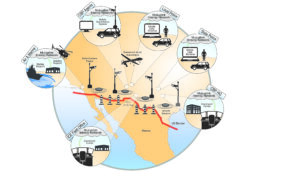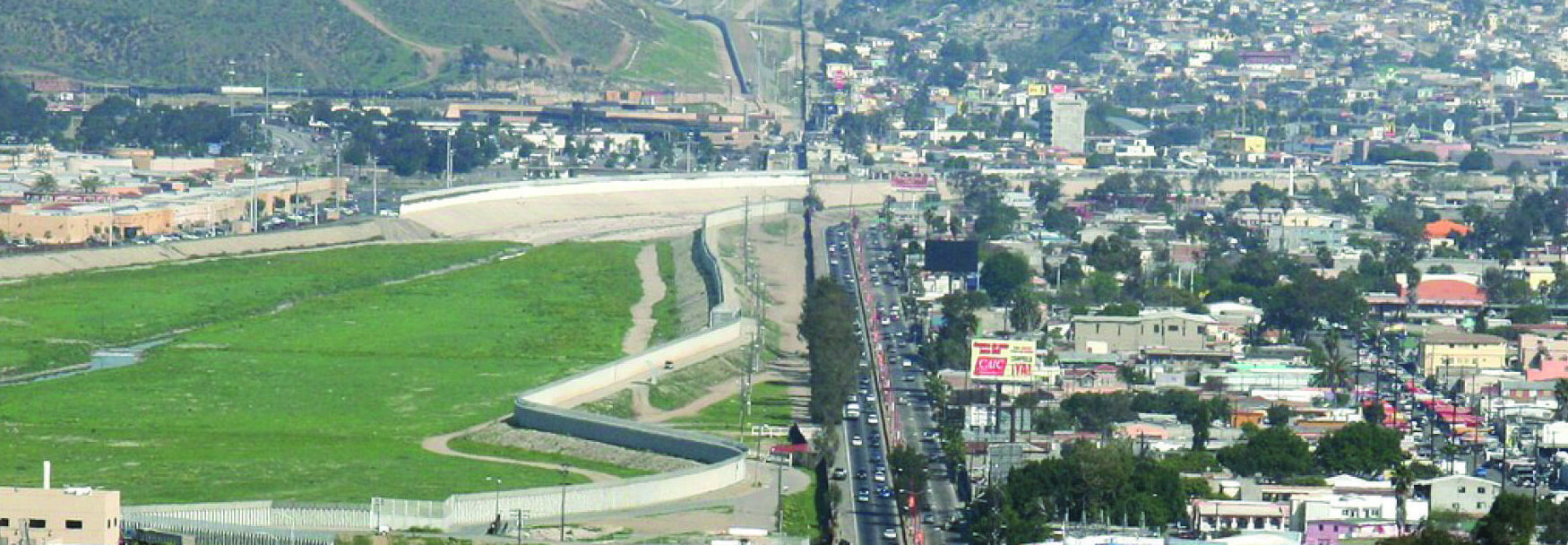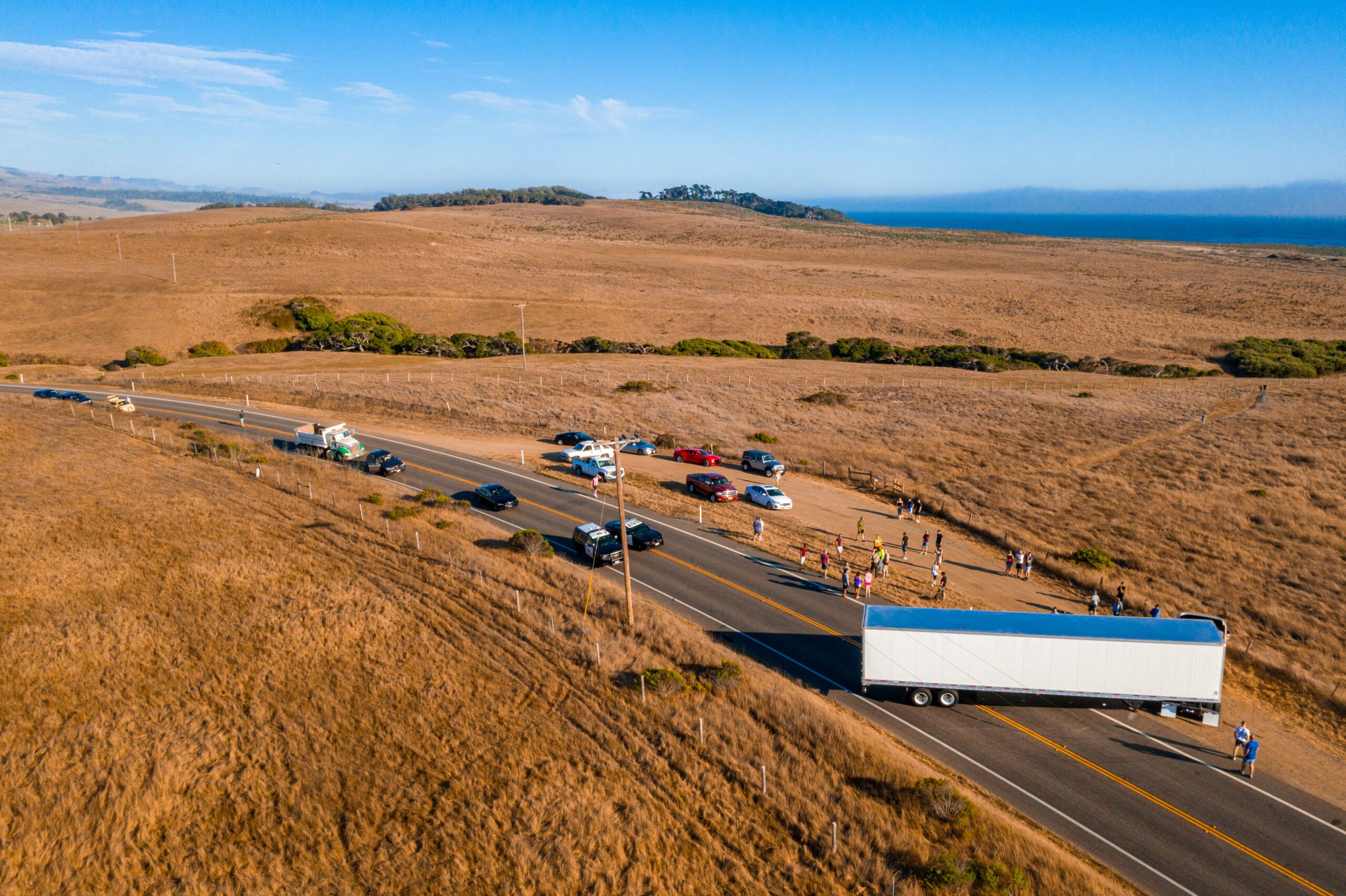Shared Information Needed for Border Wall (Virtual or Actual)
With bidding recently closed for a 2,000-mile wall across our southern border, we need to ensure that any attempted breaches of the wall have rapid coordinated response with integrated communications across the multitude of federal, state and local agencies that may be involved. This requirement creates a complex communications challenge that necessitates coordinated communication within federal agencies, between federal agencies and with state and local agencies.
The challenge is that communications content (radio, video, telephony, sensors and data) exists in disconnected silos, controlled, rightfully, by their respective owners (whether local, state or federal government entities or private owners). Each of these communications content owners is unlikely to relinquish control or to share their information and communications content in an environment that is not secured. These communications silos exist for many important purposes: security, regulatory restrictions and mandates, differing jurisdictional and functional responsibilities, differing stakeholders and political implications, and numerous others. In addition, a wide variety of transport methods onto which the content is placed (wireless, terrestrial, satellite, etc.) are utilized within these organizations.
Bridging Siloes for Integrated Communications
Placing the content from these organizations onto the available transport modes, authenticating it, and securely bridging these silos to achieve a distributed but unified capability is the way to leapfrog a very complex problem, leverage existing content and transport, and allow any organization to share its content with any other organization, thereby achieving multi-jurisdictional, multimedia integrated communications. In fact, this simple, distributed approach, implemented at scale by various individual agencies, would overcome many previously daunting communication challenges. Individuals from within complex entities and among unrelated entities making the same decision – simply enabling their content onto whatever transport they choose – will solve more problems than they intended.
There are two distinct ways that this approach can provide integrated communications for response at the wall: notifying the proper parties of a breach and then bringing them together.
 Mutualink’s Model for Border Security Communications
Mutualink’s Model for Border Security Communications
The diagram above depicts a variety of sensors that serve as alerts connected to video systems. As the sensors are triggered the associated video system will be shared with all associated federal, state and local responding authorities to achieve unified situational awareness. Radio and other voice communications will also be brought together to further contribute to the coordinated response. Additionally, video from aerial assets such as UAS/UAV and blimps can similarly be shared for coordinated response.





